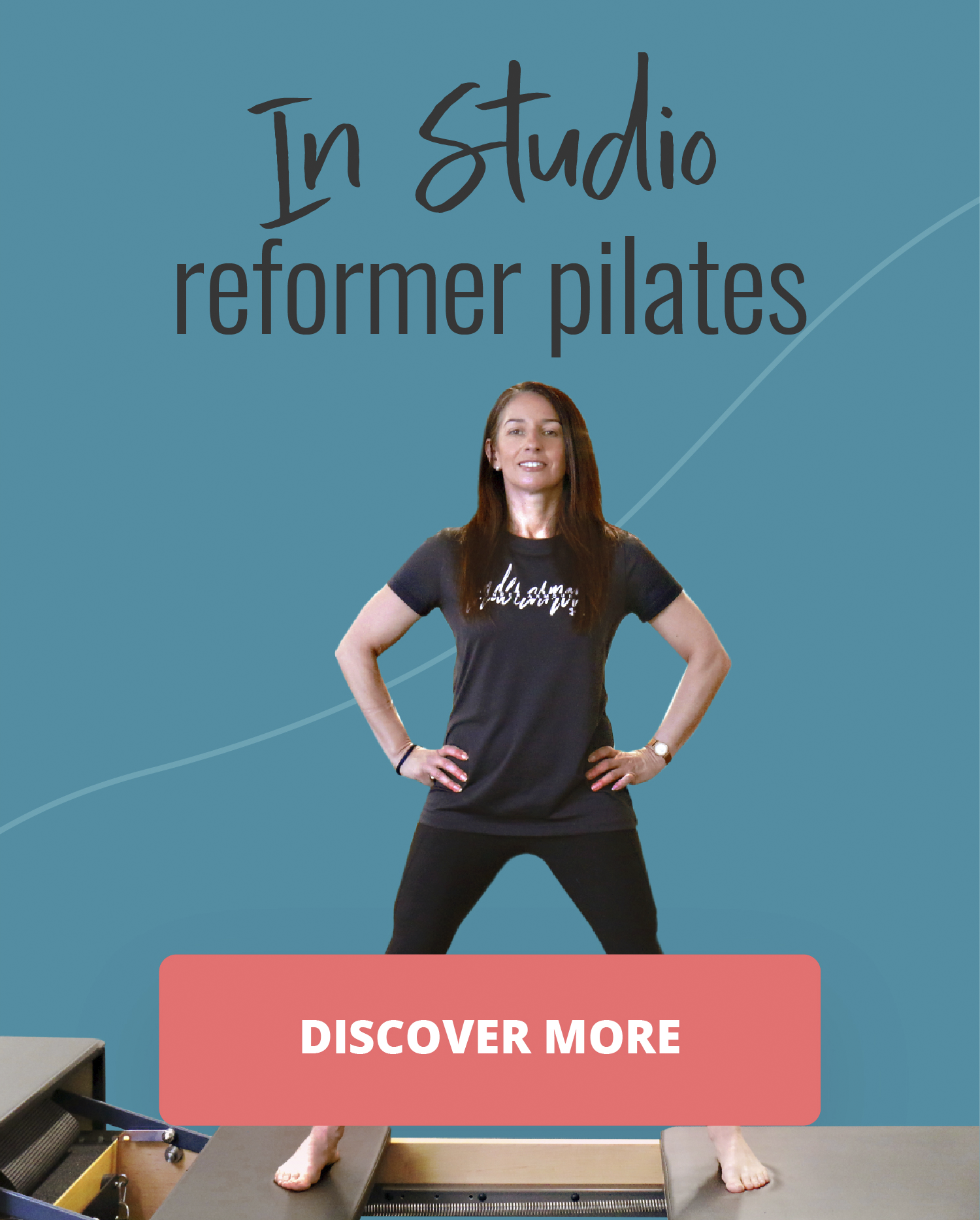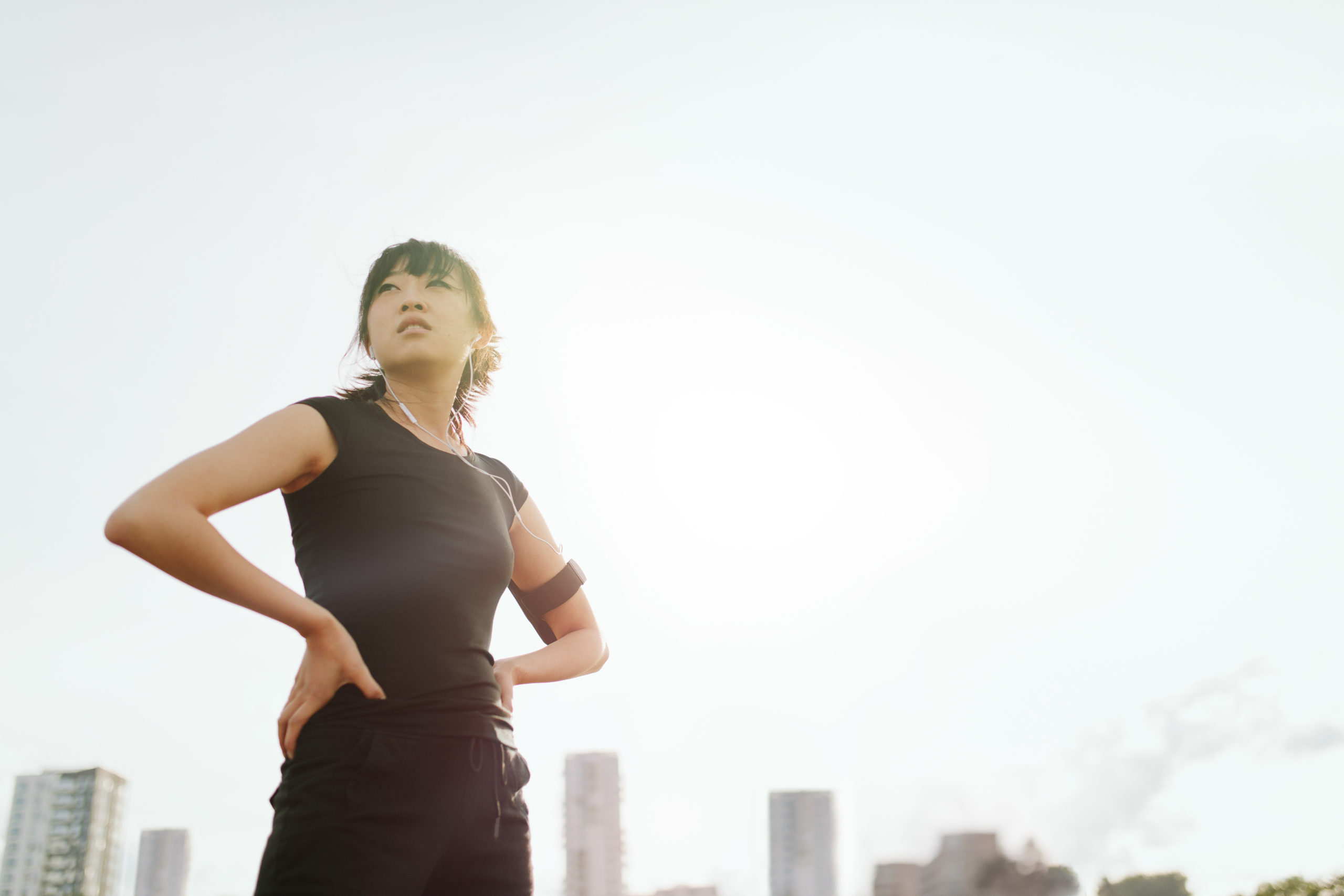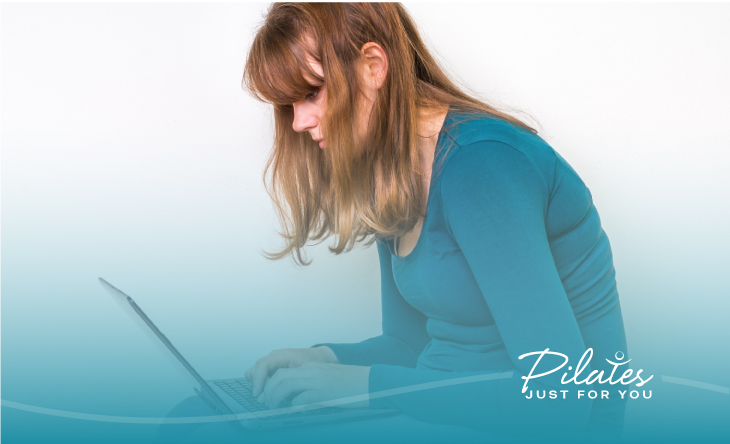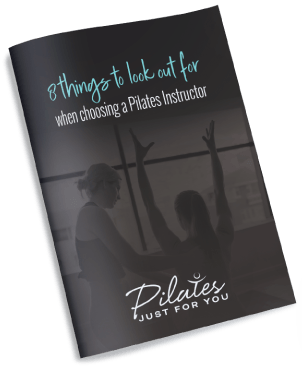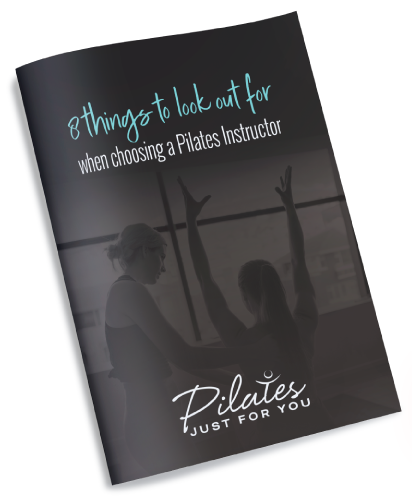Pilates vs. Yoga – What’s Best for You?
There are many similarities between Yoga and Pilates, and while many people often confuse the two, there are also stark differences. This article will discuss the benefits of each discipline and the similarities and differences to help you determine which is best for you based on your health and fitness goals.
- Similarities and differences between Yoga and Pilates
- Pilates breathing vs. Yoga breathing
- Pilates mat vs. Yoga mat
- Benefits of Pilates vs. Yoga
- Which is better – Yoga or Pilates?
- Pilates vs. Yoga for weight loss
- Yoga vs. Pilates for toning
- Yoga or Pilates for stress relief
- Yoga vs. Pilates for back pain
Similarities and differences between Yoga and Pilates
Pilates was developed by German physical trainer Joseph Pilates in the 1920s, primarily to rehabilitate wounded soldiers. It uses breath work and a range of movements to stabilise the core. On the other hand, Yoga is an ancient spiritual practice originating in India. There are many types of Yoga, from fast-paced vinyasa to slow and restorative yin Yoga. All styles use breath work, poses, and meditation to connect the individual consciousness to the universal blissful consciousness.
Both Yoga and Pilates provide stress relief, strengthen the body, and promote flexibility, balance, and coordination. Joseph Pilates was inspired by Yoga and based his program on its principles.
The main difference between Yoga and Pilates is that Yoga primarily involves a spiritual component and focuses more on meditation, flexibility, and stretching. The movements used are also very different. Yoga uses a variety of presentations as it’s evolved into different types over the years, while Pilates is very structured and often uses machines, emphasising the core and toning the body. Yoga traditionally does not use equipment, but more recent types of Yoga may introduce straps, blocks, and bolsters.
Pilates breathing vs. Yoga breathing
Yoga breathing focuses more on the chest and expanding the belly (“belly breathing”), and directing the breath throughout the body. Pilates breathing focuses on controlling the breath to the lower lobes of the lungs and the ribcage’s front, sides, and back (“three-dimensional breathing”). This is to activate the core and keep it engaged throughout the movements.
Yoga breathing involves using the nose to inhale and exhale in a rhythmic pattern to focus the mind inward. Pilates breathing involves inhaling through the nose and out through the mouth to maintain an activated core, focusing the breath outward to the physical body.
Another interesting distinction is that Yoga breathing activates the parasympathetic nervous system promoting relaxation. In contrast, Pilates breathing activates the lymphatic system enabling a clearing of the lymph nodes in the abdominal area.
Pilates mat vs. Yoga mat
The difference between Pilates and Yoga mats comes down to their purpose. Because Pilates work is mainly core work, a Pilates mat is denser and thicker to support activities primarily done on the back and stomach. They tend to be between 8 and 15mm in thickness to provide the right amount of cushioning. They are also wider to allow space for rolling.
On the other hand, a yoga mat doesn’t have a standard thickness. Still, they tend to be thinner and are meant to provide stability for movements primarily focused on flexibility and balance.
Benefits of Pilates vs. Yoga
Both disciplines have many health benefits depending on your health and fitness goals.
Pilates benefits include:
- Stronger abdominal muscles and improved core control
- Better core muscles leading to better posture
- Balanced muscular strength
- Improved joint mobility and flexibility for rehabilitating injuries and preventing future injuries
- Increased body awareness
Yoga benefits include:
- Improved flexibility through deep stretching
- Stress management and relaxation
- Improved mental health through mindfulness and breathwork
- Disease prevention – recent findings show it may decrease asthma symptoms and risk of heart disease
- Improved circulation leading to a better digestive system and calmer nervous system
Which is better – Yoga or Pilates?
Both disciplines are beneficial and are suitable for different conditions. What you choose will ultimately depend on your health concerns and what you are physically comfortable and capable of doing. For example, some people find Yoga more comfortable than Pilates, while others find Pilates improves their overall fitness.
Pilates vs. Yoga for weight loss
Both disciplines will provide similar effects as they’re both low-impact exercises. This means that you won’t burn as many calories as other high-intensity workouts. The calories burned with both Yoga and Pilates are very similar, even with the advanced levels of both disciplines.
It’s hard to predict which one will be better for weight loss as metabolism and the number of calories burned will depend on many individual factors such as weight, gender, body type, age, and more.
The best way to lose weight with Pilates or Yoga is by combining it with a healthy diet and other cardio and strength workout routines that raise your heart rate and provide you with a balanced fitness routine.
Yoga vs. Pilates for toning
Both practices create similar toning benefits if done regularly and intensively under a skilled, qualified teacher. Both disciplines can result in a lean, toned look. However, doing Pilates may get you there faster. Pilates uses added weights, fitness balls, and machines to increase resistance. The movements are more intense and repetitive, which exhausts the muscles, leading to muscle growth and that “lean” look over time.
Yoga focuses more on flowing movements that stretch muscles and tendons and is more holistic.
Yoga or Pilates for stress relief
All exercises such as Yoga and Pilates provide stress relief. However, Yoga is more effective in releasing stress in different body areas. The breathing exercises used in Yoga help direct the breath to specific body areas to relax the muscle groups in that area. Pilates breathwork focuses more on activating the muscles that are being exercised.
Yoga vs. Pilates for back pain
Depending on the severity of the back pain, Pilates may be better as it was developed to strengthen core muscles, improve spinal flexibility and prevent future injury. Yoga also improves spinal flexibility, but certain poses such as deep backbends can aggravate an existing back injury. We recommend consulting with your doctor before undertaking any new exercise regimen.
Try Pilates with Pilates Just for You
Pilates Just for You is designed for the busy individual to access expert Pilates training 24/7. By becoming a member, you can access our live online training or our recorded classes so you can work out at a time and place that suits you. We have workouts for everybody, at all fitness levels, and for all sorts of body concerns. Choose from targeted or express activities with varied class durations from 5 minutes to 60 minutes.
Our expert instructors are professionally trained to work around different pathologies, and we keep up to date with the latest research and best practice.
The best thing is that there are no lock-in contracts, just an affordable $50 per month, and you can access all our live programs and our growing library of over 100 videos.
Try our online yoga classes out with a FREE 3 class trial pass, or book a single class if you prefer. If you are a new client, please book a one-on-one FREE 15-minute consult first.
Contact us if you have any questions. We would love to hear from you!

